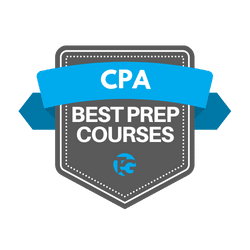CPA Audit Practice Test 1
Time limit: 0
Exam Summary
0 of 10 Questions completed
Questions:
Information
You have already completed the exam before. Hence you can not start it again.
Exam is loading…
You must sign in or sign up to start the exam.
You must first complete the following:
Results
Exam complete. Results are being recorded.
Results
0 of 10 Questions answered correctly
Your time:
Time has elapsed
You have reached 0 of 0 point(s), (0)
Earned Point(s): 0 of 0, (0)
0 Essay(s) Pending (Possible Point(s): 0)
| Average score |
|
| Your score |
|
Categories
- Not categorized 0%
-

Need More Help?
Read our reviews of the best CPA prep courses. We reviewed the best providers and have exclusive discounts you can use.
- Review
- Answered
- Correct
- Incorrect
-
Question 1 of 10
1. Question
CorrectIncorrect -
Question 2 of 10
2. Question
CorrectIncorrect -
Question 3 of 10
3. Question
CorrectIncorrect -
Question 4 of 10
4. Question
CorrectIncorrect -
Question 5 of 10
5. Question
CorrectIncorrectHint
Meaning the tracing of transactions from source documents through the accounting process and ultimately ending at the financial statements.
-
Question 6 of 10
6. Question
CorrectIncorrect -
Question 7 of 10
7. Question
CorrectIncorrect -
Question 8 of 10
8. Question
CorrectIncorrect -
Question 9 of 10
9. Question
CorrectIncorrect -
Question 10 of 10
10. Question
CorrectIncorrect
